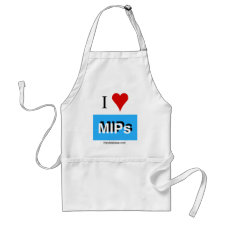
Authors: Yang WH, Yan SL, Wei C, Wang QZ
Article Title: Preparation of Melamine Molecularly Imprinted Polymer Microspheres by Precipitation Polymerization.
Publication date: 2010
Journal: Acta Polymerica Sinica
Issue: (10)
Page numbers: 1163-1169.
Alternative URL: http://www.gfzxb.org/EN/abstract/abstract13071.shtml
Abstract: Uniform molecularly imprinted polymer (MIP) microspheres were prepared by precipitation polymerization of methacrylic acid (MAA) and ethylene glycol dimethacrylate (EGDMA) using melamine as template in acetonitrile-ethylene glycol mixed solvent (20 : 1, V/V). H-1-NMR and UV spectrometry were employed to demonstrate the mechanism of the interaction between melamine and MAA, and the structure of the polymer microspheres was characterized by scanning electron microscopic (SEM) photographs and IR spectrometry. The results showed that the melamine-MAA complexes of 1 : 2 mole ratio were obtained by cooperative hydrogen bonding. The MIP particles with many binding abilities on their surface were microspheres and the diameters ranging from 400 nm to 500 nm were larger than those of the non-imprinted polymer microspheres. The adsorption efficiency was investigated by equilibrium adsorption experiments. The data obtained showed that the imprinted polymer microspheres reached equilibrium after 4 h and had higher adsorption efficiency compared to the non-imprinted polymer microspheres, which had the same chemical composition. Scatchard plot' s analysis revealed that the apparent maximum binding capacity and the dissociation contents were Q(max1) = 22.97 μmol/g, K-d1 = 0.14 x 10(-3) mol/L for high affinity binding sites and Q(max2) = 157.65 μmol/g, K-d2 = 2.55 x 10(-3) mol/L for low affinity binding sites, respectively. Thus, the apparent imprinting efficiency and the effective imprinting efficiency were calculated to be 68% and 58%, respectively. The melamine imprinted polymer microspheres synthesised in this method had better performance and could be used for separation,enrichment and analysis of melamine
Template and target information: melamine
Author keywords: Melamine, Molecularly imprinted polymers microspheres, precipitation polymerization



Join the Society for Molecular Imprinting

New items RSS feed
Sign-up for e-mail updates:
Choose between receiving an occasional newsletter or more frequent e-mail alerts.
Click here to go to the sign-up page.
Is your name elemental or peptidic? Enter your name and find out by clicking either of the buttons below!
Other products you may like:
 MIPdatabase
MIPdatabase









